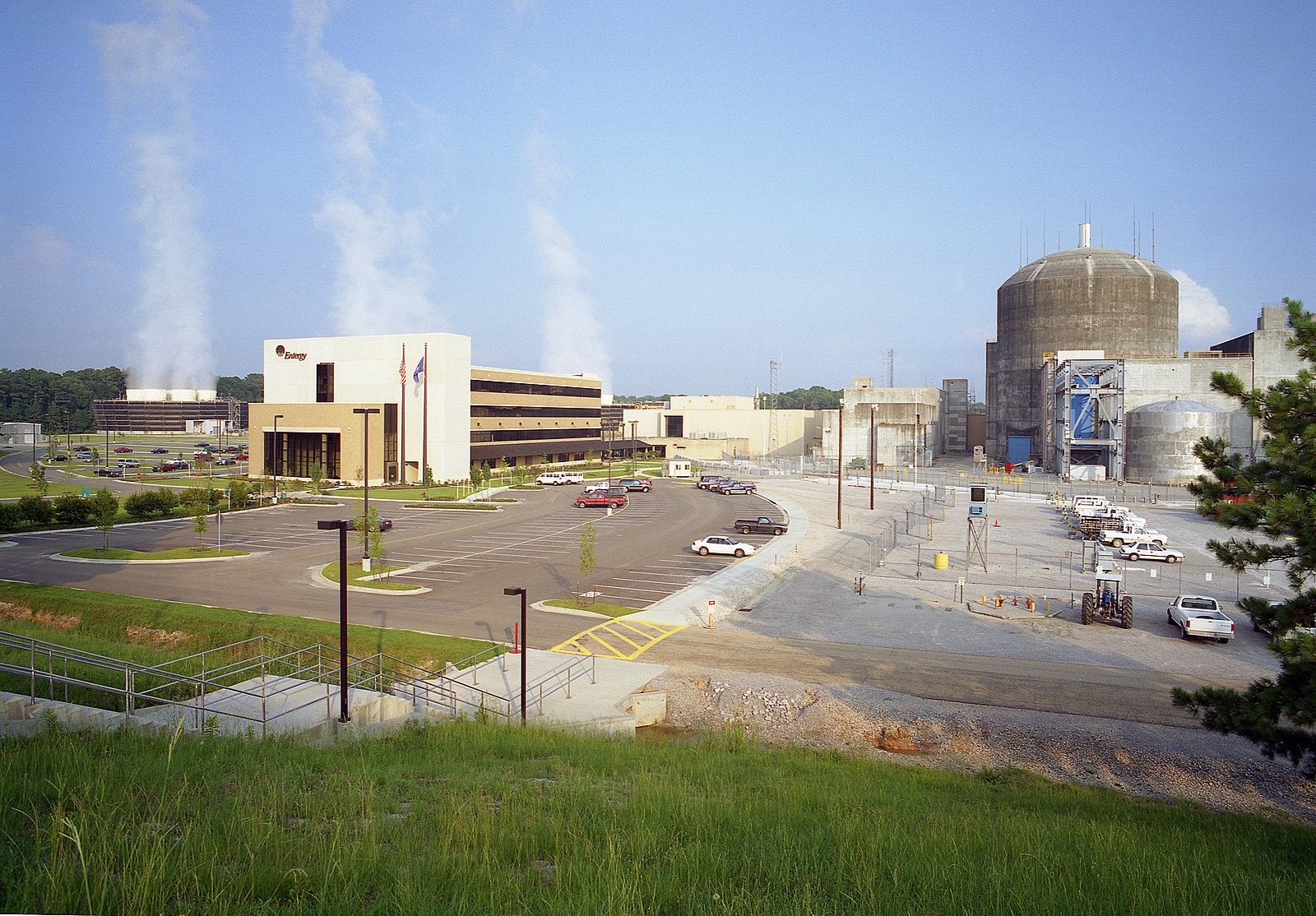Module 4: Renewable and Non-Renewable Energy Sources
Section outline
-

Living organisms need energy to perform life-sustaining “work” to survive. For nearly all living systems on Earth, the sun is the ultimate source of that energy. Over time, we humans have developed an understanding of energy that has allowed us to harness it for uses well beyond basic survival. The development and evolution of human society are largely attributed to our relationship with energy. The first major advancement in human understanding of energy was the mastery of fire for cooking and heating. Modern civilization is especially dependent on energy and some of its most distinct characteristics such as population growth, environmental impact, and climate change are all a consequence of energy use. We use energy to heat and light our homes; power our machinery; fuel our vehicles; produce plastics, pharmaceuticals, and synthetic fibers; and provide the comforts and conveniences to which we have grown accustomed in the industrial age. Societal complexity, affluence, and the gap between poor and rich people are all directly related to our level of energy consumption.
Energy are central aspects of our modern society and being able to comprehend and understand them is essential for addressing the global challenges of climate change, energy security, and environmental sustainability and preservation. The world is hungrier than ever for energy as the global human population is growing at a rate of 1.1% per year. Per capita energy consumption today averages just 2.5 kW worldwide. Lifting all of humanity to the current US standard of living by 2100—an average of 9.5 kW per person, probably a conservative projection—thus, means generating more than 51 TW of energy on top of everything we already produce today. To meet such demands, many projects are currently in progress. There are 5,000+ active energy projects in the Middle East and Africa estimated at over USD 2 trillion (ADIPEC 2023 Report).
Upon completion of this module, you will be able to:- Define energy and explain its properties.
- List specific examples of non-renewable energy sources.
- Describe the types of non-renewable sources utilized for energy extraction and how these sources are formed.
- Describe arguments for non-renewable energy.
- List specific examples of renewable energy sources.
- Describe the advantages and disadvantages of renewable energy sources (i.e., solar, wind, hydroelectric, and geothermal)
- Describe arguments for renewable energy.
- Explain innovative practices of energy implementation in the digital age.
To achieve these objectives:
- Read the Module 4 Introduction
- Read Chapter 4 in Pressbooks.
- Complete the Chapter 4 Focused Reading Quiz.
-
Guidelines for how to import content into Moodle
Background Colour
Font Face
Font Kerning
Font Size
Image Visibility
Letter Spacing
Line Height
Link Highlight
Text Colour
